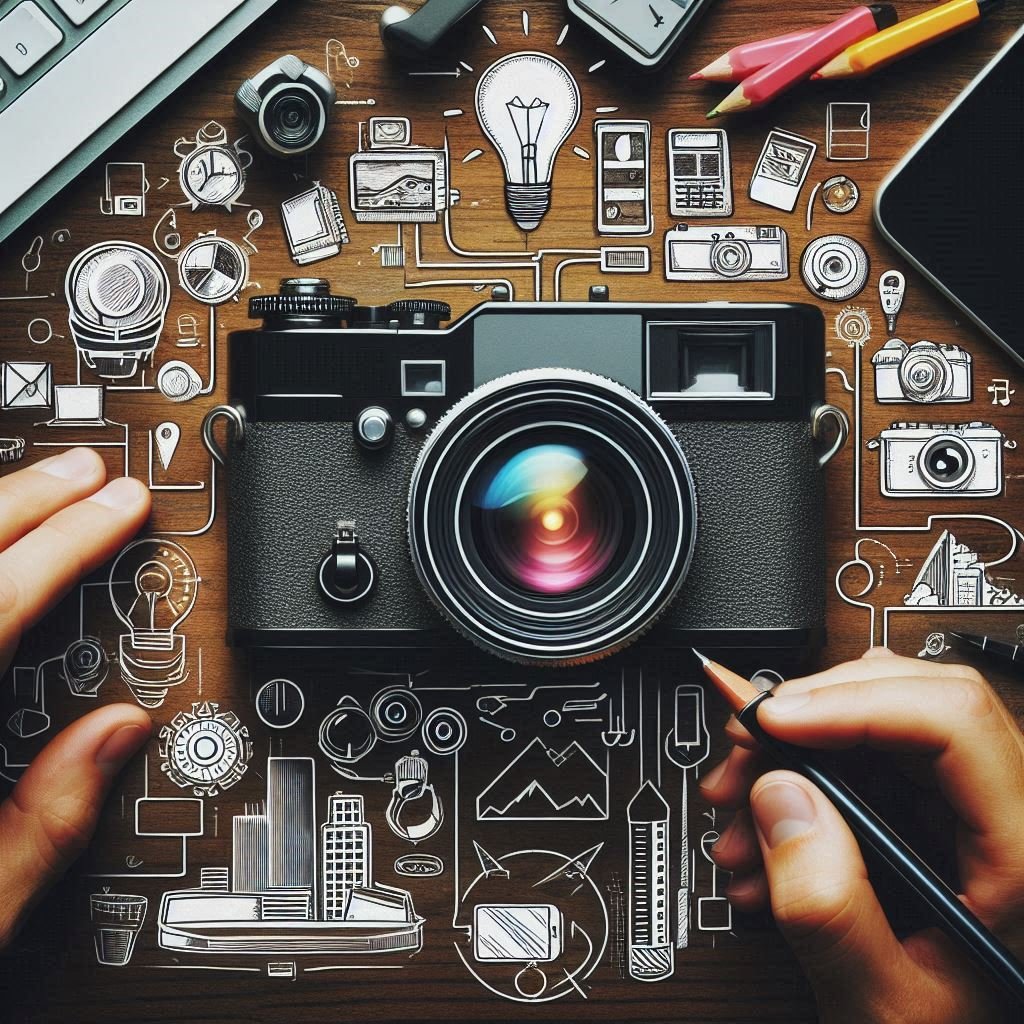In the ever-evolving world of digital photography and videography, understanding how long a digital camera can record video is crucial for both amateur enthusiasts and professional videographers. The recording time of a digital camera depends on various factors including battery life, storage capacity, and potential overheating issues. This comprehensive guide will delve into these factors to help you get the most out of your digital camera’s video recording capabilities.
Factors Affecting Video Recording Time
When considering how long a digital camera can record video, several key factors come into play. These include the camera’s battery life, storage capacity, and the tendency for some cameras to overheat during extended recording sessions.
Battery Life and Recording Time
Battery life is a significant factor that can limit your recording time. Most digital cameras use rechargeable lithium-ion batteries, which provide a decent amount of recording time, but this varies widely between models. On average, a fully charged battery might allow for one to two hours of continuous recording.
Tips to Extend Battery Life:
- Lower the screen brightness
- Turn off unnecessary features (like Wi-Fi and GPS)
- Carry spare batteries
Storage Capacity and Recording Time
Storage is another critical factor. Digital cameras typically use SD cards or internal memory to store video files. The amount of footage you can record depends largely on the storage capacity and the video resolution you’re using.
Impact of Video Resolution on Storage Usage:
- 1080p (Full HD): Approximately 10-20 minutes per GB
- 4K (Ultra HD): Approximately 5-10 minutes per GB
To maximize your recording time, choose an SD card with ample storage. Cards with 64GB or more are generally recommended for extended shooting sessions.
Camera Overheating Issues
Some cameras may overheat during prolonged recording sessions, particularly when shooting in high resolutions like 4K. Overheating can cause the camera to shut down to prevent damage, abruptly ending your recording.
How to Prevent Overheating:
- Record in shorter bursts
- Use external cooling solutions
- Avoid direct sunlight
Resolution and Frame Rates
The resolution and frame rate at which you record significantly impact your recording time. Higher resolutions and frame rates result in larger file sizes, reducing the amount of footage you can store on a given memory card.
Common Video Resolutions:
- 1080p (Full HD): Standard for many users, balancing quality and storage use.
- 4K (Ultra HD): Offers superior quality but uses more storage.
Frame Rates:
- 30 fps: Standard for most applications.
- 60 fps and above: Smoother motion but increases file size.
File Formats and Compression
The file format and compression settings you choose also play a role in recording time. Common video file formats include MP4 and MOV, both of which use compression to reduce file size while maintaining quality.
How Compression Affects File Size and Recording Time:
- Higher compression reduces file size, allowing for longer recording times.
- However, too much compression can degrade video quality.
External Recording Solutions
For those who need extended recording times, external recorders are an excellent solution. These devices connect to your camera and record video independently, bypassing the camera’s internal limitations.
Benefits of Using External Recorders:
- Increased storage capacity
- Reduced strain on the camera, minimizing overheating risks
- Enhanced video quality options
Popular External Recording Devices:
- Atomos Ninja V
- Blackmagic Video Assist
Case Studies: Popular Digital Cameras
Different camera models offer varying recording capabilities. Here are a few examples:
Canon EOS Series:
- Known for good battery life and solid recording capabilities.
- Example: Canon EOS R5 can record 4K video for up to 30 minutes per session.
Sony Alpha Series:
- Popular for their video quality and advanced features.
- Example: Sony A7 III offers around 29 minutes of 4K recording time per session.
Nikon D Series:
- Reliable options for both photography and videography.
- Example: Nikon D850 can record up to 30 minutes of 4K video per session.
Practical Tips for Maximizing Recording Time
To get the most out of your camera’s recording capabilities, consider the following tips:
Optimizing Settings for Longer Recordings:
- Lower the video resolution if high quality is not essential.
- Use lower frame rates to save storage space.
Managing Power and Storage Efficiently:
- Keep spare batteries and SD cards handy.
- Use external power sources and recorders when possible.
Understanding Manufacturer Specifications
Manufacturers provide specifications for their cameras, but real-world performance can differ. It’s essential to read spec sheets critically and understand that factors like battery health and environmental conditions can affect actual recording times.
Legal and Practical Limits
Some regions have legal restrictions on the maximum recording time for cameras to avoid being classified as camcorders, which may have different tax implications. Additionally, practical limits like battery life and storage capacity will naturally limit recording time.
User Experiences and Testimonials
Real-world experiences from users can provide valuable insights. Common challenges include managing battery life and preventing overheating. However, many users find success by planning and optimizing their camera settings.
Future Trends in Video Recording
Technological advancements continue to improve digital cameras’ video recording capabilities. Future trends include:
Advances in Battery Technology:
- Longer-lasting batteries
- Faster charging options
Improvements in Storage Solutions:
- Higher capacity SD cards
- Enhanced data transfer speeds
Conclusion
Understanding how long a digital camera can record video involves considering multiple factors, including battery life, storage capacity, and potential overheating. By optimizing settings, managing resources efficiently, and utilizing external recording solutions, you can maximize your camera’s recording potential. Whether you’re capturing precious moments or creating professional content, being informed about these aspects ensures you won’t miss a second of the action.
FAQs
What is the maximum recording time for 4K video on a digital camera? The maximum recording time for 4K video varies by camera model but is often limited to around 30 minutes per session due to overheating and file size restrictions.
How can I extend my camera’s recording time? You can extend recording time by using external power sources, optimizing camera settings, carrying spare batteries, and using high-capacity storage cards.
Do all cameras have a recording limit? Most digital cameras have a recording limit, typically around 29-30 minutes per session, due to regulatory reasons and technical constraints.
What should I do if my camera overheats? If your camera overheats, pause recording to let it cool down, record in shorter bursts, use external cooling accessories, and avoid shooting in high-temperature environments.
Are external recorders worth the investment? Yes, external recorders can be worth the investment if you need longer recording times, higher video quality, and reduced strain on your camera’s internal components.
Read More : What Can You Make with a 3D Printer?
Read More : What is 3D Printing?
Read More : How Far Should Phone Be From Face?

